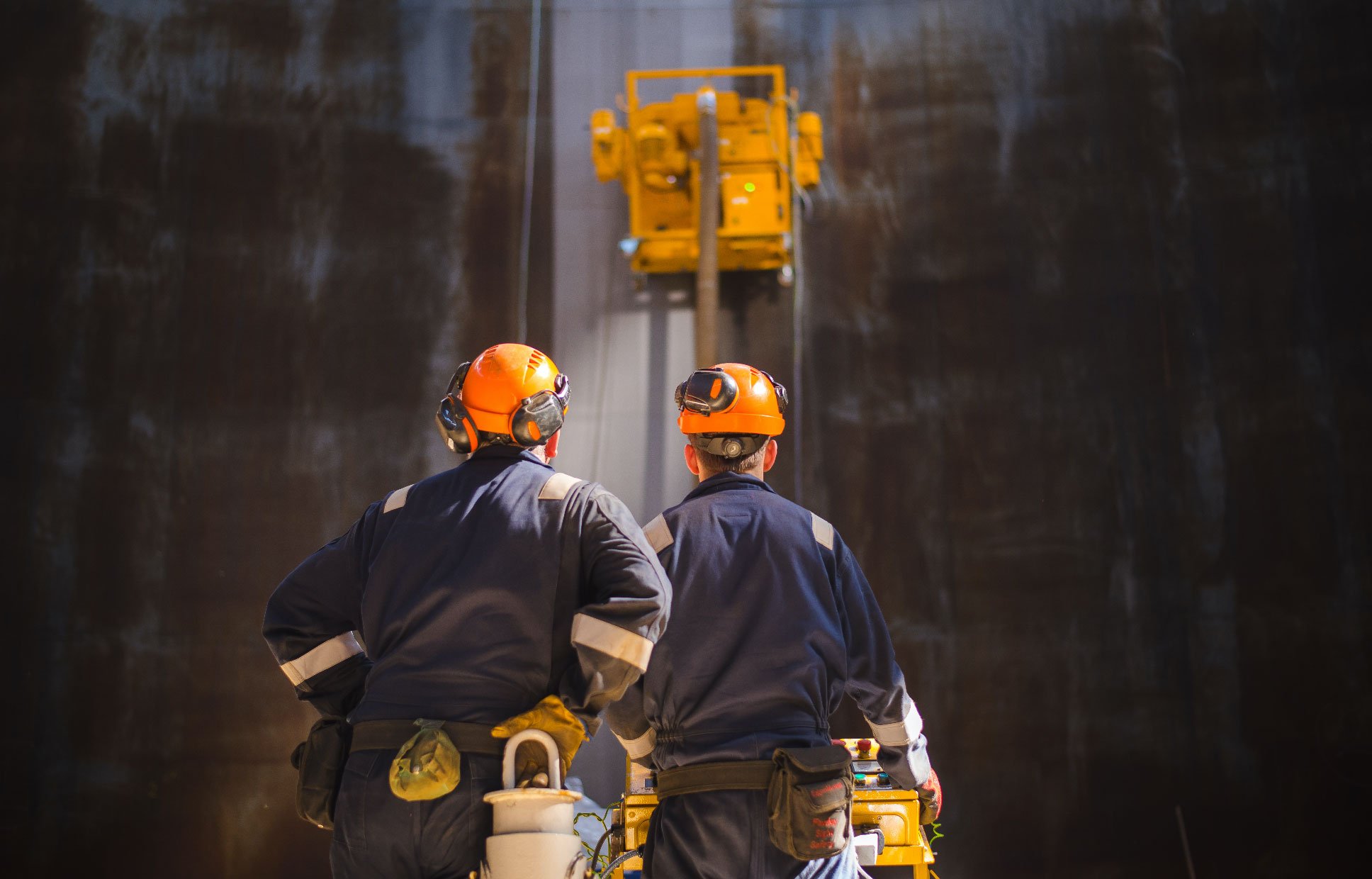
When it comes to compacting soil, gravel, or other materials, the choice between forward compaction plates and reversible compaction plates can significantly impact the efficiency and quality of your work. Each type has distinct advantages and is suited for different applications. In this blog, we'll explore the key differences between forward and reversible compaction plates, their advantages and disadvantages, and how to choose the right one for your project...
Forward Compaction Plates

Forward plate compactors are the most common type of compaction equipment. These machines move in a single direction, typically forward, and are designed for smaller to medium-sized projects. Here are some key characteristics:
Advantages:
- Ease of Use: Forward plate compactors are generally easier to operate, making them ideal for beginners or those with less experience in using compaction equipment.
- Lightweight and Portable: These machines are often lighter and more portable than their reversible counterparts, allowing for easier transportation and maneuverability on the job site.
- Cost-Effective: Forward compaction plates tend to be less expensive than reversible models, making them a cost-effective choice for smaller projects or for those on a budget.
- Ideal for Small Areas: They are perfect for compacting smaller areas, such as pathways, sidewalks, and residential driveways.
Disadvantages:
- Limited Compaction Power: Due to their single-direction movement, forward compaction plates may not achieve the same level of compaction as reversible plates, particularly in deeper or denser materials.
- Less Versatile: These machines are less versatile when it comes to maneuvering in tight spaces or around obstacles, as they can only move forward.
Reversible Plate Compactors

Reversible plate compactors can move both forward and backward, offering greater versatility and power. Here are some key characteristics:
Advantages:
- Greater Compaction Power: Reversible plate compactors provide more force and deeper compaction, making them suitable for larger projects and denser materials.
- Versatility: The ability to move in both directions allows for better maneuverability in tight spaces, around obstacles, and along edges.
- Efficiency: These machines can cover larger areas more quickly and efficiently, making them ideal for commercial and industrial applications.
- Multi-Functional: Many reversible models come with additional features, such as the ability to compact different types of materials or work on inclined surfaces.
Disadvantages:
- Higher Cost: Reversible plate compactors are generally more expensive than forward plates, which can be a consideration for budget-conscious projects.
- Heavier and Bulkier: These machines are typically heavier and bulkier, making them less portable and more challenging to transport.
- Complexity: The additional features and controls can make reversible plates more complex to operate, requiring more training and experience.
Choosing the Right Compaction Plate for Your Project
When deciding between a forward compaction plate and a reversible compaction plate, consider the following factors:
- Project Size and Scope: For smaller projects, such as residential pathways or patios, a forward compaction plate may be sufficient. For larger, commercial projects or deeper compaction needs, a reversible compaction plate is likely the better choice.
- Material Type: If you're working with dense materials or require deep compaction, a reversible plate will provide the necessary power and efficiency.
- Budget: Consider your budget and whether the additional cost of a reversible compaction plate is justified by the scope and requirements of your project.
- Operator Experience: If the operators are less experienced, a forward compaction plate may be easier to use and safer to handle.
- Site Conditions: Evaluate the site conditions, including space constraints and obstacles, to determine if the maneuverability of a reversible compaction plate is needed.
In conclusion, both forward and reversible compaction plates have their own set of advantages and disadvantages. By carefully considering your project's specific needs, material type, budget, and operator experience, you can choose the right tool to ensure optimal compaction and efficiency. Whether you're paving a small driveway or undertaking a large construction project, selecting the appropriate compaction equipment is crucial for achieving the best results.


 By
By